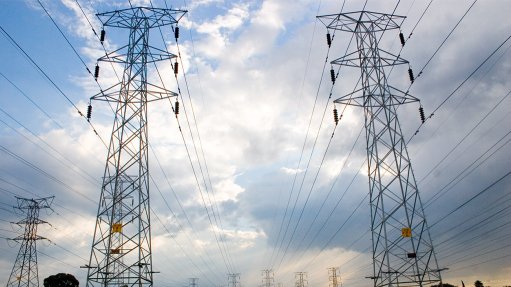
Photo by: Duane Daws
Southern African Development Community (SADC) Energy Ministers have called on member countries to produce roadmaps for transitioning their electricity supply industries towards cost-reflective tariffs by 2019 in an effort to improve the sustainability of the sector and create the basis for greater investment in new generation capacity by State utilities and independent power producers (IPPs).
Only Namibia and Tanzania in the 15-country regional bloc had successfully achieved cost-reflectivity, despite an earlier aspiration for all member States to meet the objective by 2013.
SADC Secretariat infrastructure and services director Remmy Makumbe said it was still possible that not all countries would meet the new deadline, owing to the fact that the transition would be politically fraught and “painful”, particularly because many citizens could still not afford economic energy prices.
Nevertheless, Ministers who gathered for the thirty-fourth meeting of SADC Energy Ministers in Johannesburg this week reaffirmed their commitment to the goal, which was viewed as critical to improving the sustainability of utilities, reducing costly subsidies and a prerequisite for IPP investment.
SADC still had an electricity supply shortfall of around 8 200 MW, but Zimbabwe Energy and Power Development Minister Dr Samuel Undenge, the current chairperson of the SADC Energy Ministers group, said some 24 000 MW was currently being added, which should ensure regional “sufficiency” by 2019.
The figure excluded the 4 800 MW that could be derived from Inga 3, in the Democratic Republic of Congo (DRC), which was viewed as the precursor to a far larger hydropower development on the Congo river, which was estimated to have an ultimate capacity of over 40 000 MW.
The Inga project emerged as a key feature of the Johannesburg meeting, with South Africa reportedly calling for greater participation in the development of the project from other SADC countries.
South Africa and the DRC signed the bilateral Grand Inga Hydropower Project Treaty in 2013 and preparations were said to be advancing to ensure the foundations were laid for project implementation.
The communiqué released at the end of the meeting urged South Africa to accelerate the signing of inter-governmental and inter-utility memoranda of understanding for the evacuation of the power to South Africa and neighbouring member States. Emphasis was also given to the crucial interconnector projects that were required to transmit power from the DRC and other countries into the Southern African Power Pool.
Makumbe indicated that there was likely to be a visit to the Inga site later in the year where some of the details would be firmed up further.
The meeting also decided that senior energy officials should meet every two months to ensure that the implementation of regional projects remained on track to meet the 2019 supply-sufficiency deadline.
The Ministers also highlighted the growing importance of renewable-energy for the region and approved the establishment of the SADC Centre for Renewable Energy and Energy Efficiency, which would be located in Namibia.